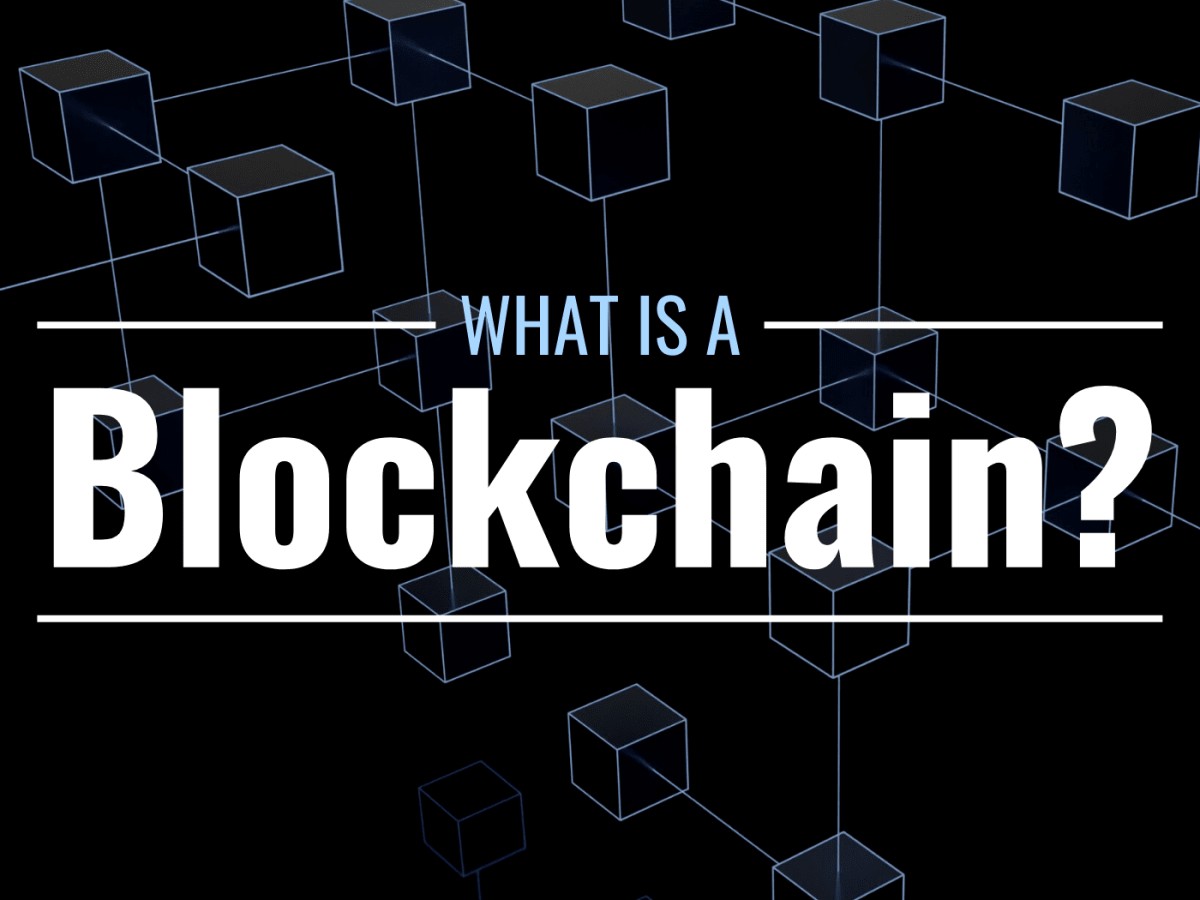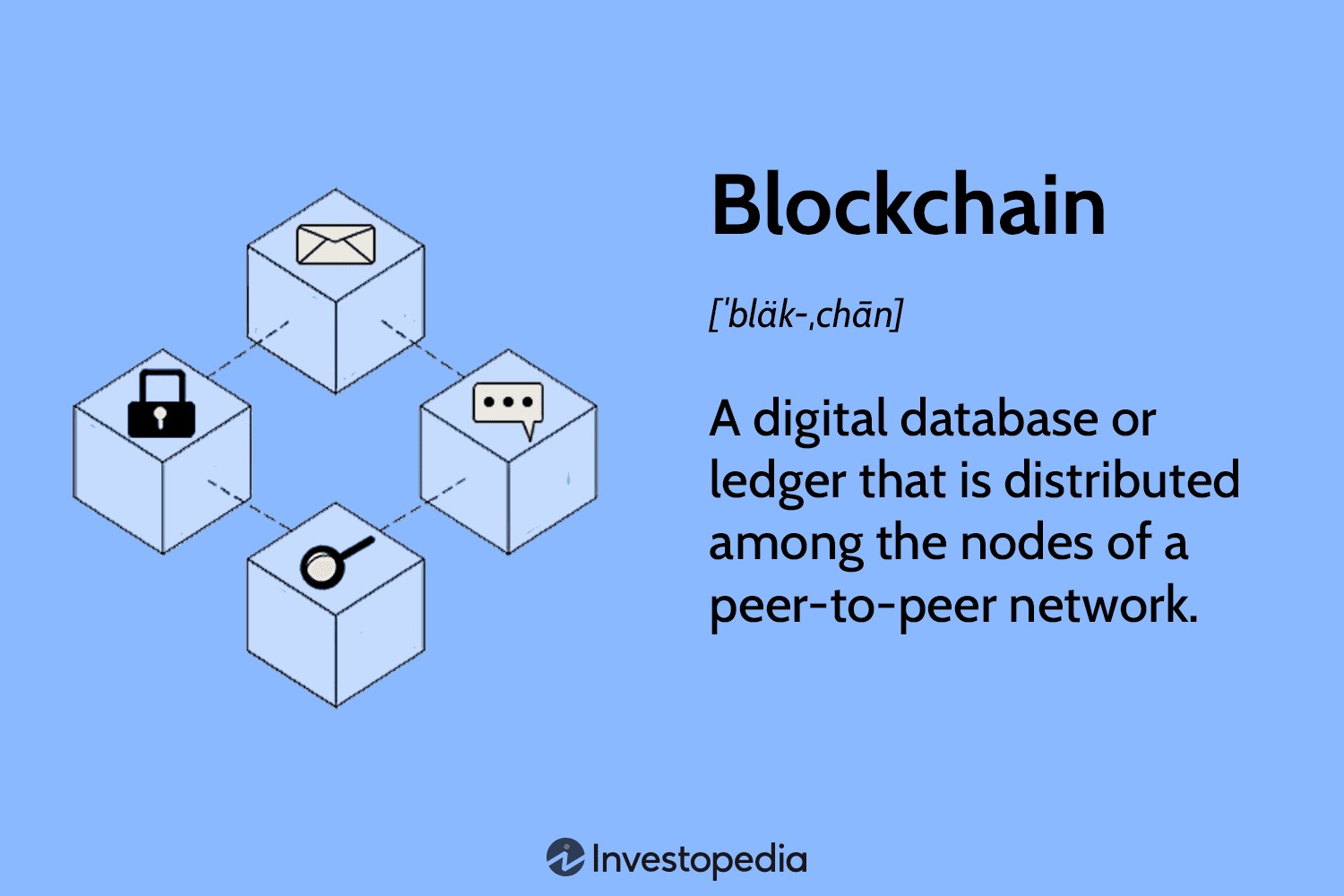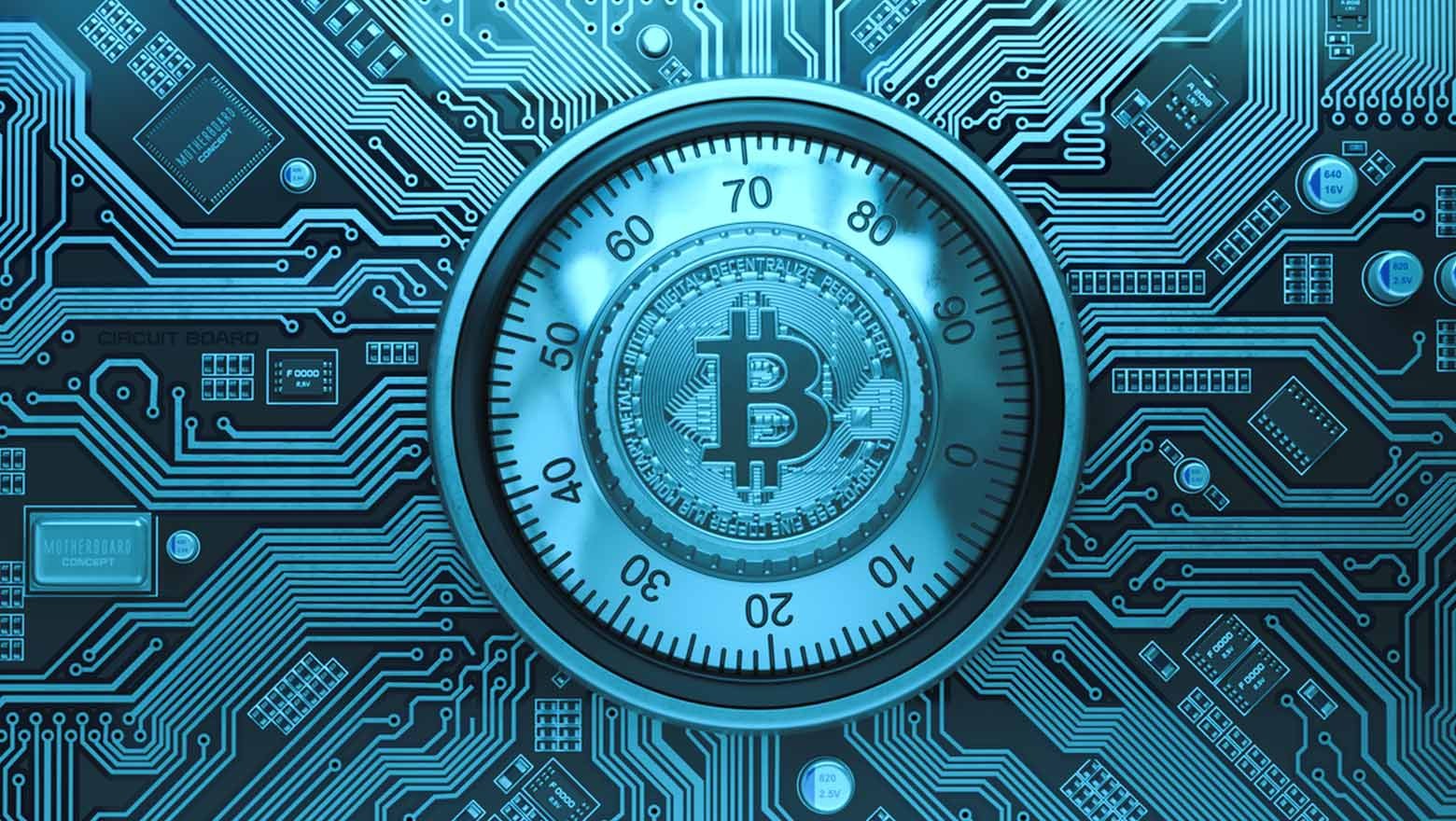In our earlier article, we delved into the transformative potential of Decentralized Networks, highlighting their power and impact. If you haven't already, be sure to check it out here. Now, let's shift our focus to the underlying technology that drives these networks: the Technology behind DPNs.
Uncovering The Way Decentralized Blockchain Networks Work
Today's digitally interconnected world is characterized by decentralization which is a new trend in technology ideas development that changes the way people perceive and interact with technology.
This disruptive model is based on Decentralized High-Performance Networks (DPNs) - next-generation technological innovation, that has made it possible to revolutionize industries, empower people, and redefine innovation.
Background and Context: The emergence of Decentralized Networks is a breakthrough from the old centralized systems which only leads to the concentration of power and commands to few. In lieu, DPNs will distribute power, possession, and decision-making in a web of connected nodes which are going to be more durable, transparent, and inclusive.
The rise of DPNs can be the result of a mixture of things such as growing privacy and security worries, high-level transaction demand, and progress in blockchain technology and peer-to-peer networking.

Blockchain Technology
While operating as the pillar of decentralized public networks, blockchain technology leads to transformations in the notion of data storing, verification, and sharing.
Through the employment of cryptographic schemes and the method of consensus, the blockchain guarantees the consistency and unchanging nature of transactions, thus, saving intermediates and eliminating the need for centralized control. Every transaction is cryptographically chained immutably to each other, forming a chain of data blocks.
Thanks to the hack-proof structure of the blockchain, it becomes a perfect match for applications that need the most resilient and traceable records, like finance, logistics, and identity management. SmartContracts which are self-executing and configurable contracts, code that runs on a blockchain, are another tool that boosts the capacity of DPNs by automating processes and providing the ability to decentralized applications (dApps) to operate advanced functions.

Peer-to-Peer Networking
Peer-to-peer (P2P) networking as a solution aids in the formation of decentralized networks, allowing for direct communication and data exchange among members without the need for an active central server. P2P network is acted by the part of computational process, data storage, and the nodes, ensuring redundancy, fail tolerance, and censorship resistance.
Individually in a P2P network, each node can act both as a client and a server, while also contributing to the peer-to-peer system infrastructure and providing decentralized data sharing.
Protools like transfer protocols of BitTorrent, InterPlanetary File System, and Tor superimpose the highest level of protection, anonymity, and decentralized sharing of data, contents, and communications.
Diving Deeper
While decentralized systems of networks are seen as having many advantages, they must also be looked at as having several disadvantages. Critics emphasize that scalability, regulatory uncertainty, and user-friendliness still encounter a lot of problems which are obstacles to the wide acceptance of cryptocurrency.
While such challenges might still be present, continued discovery and development in the field are lessening those barriers, thus paving the way for DPNs to stay beyond the lab and become useful for medical applications.
Expert Insights: To Andreas M. Antonopoulos a blockchain expert ‘Decentralization is not only a technology trend, rather it is a social movement which is about empowering individuals and communities to take possession of their digital deals and define their paths in life.
Practical Recommendations
Stay informed: Maintain awareness of the latest innovations in the field of blockchain and peer-to-peer networking to keep us competitive.
Experiment with dApps: Try out various dApps to learn what the decentralized applications can do as well as appreciate the benefits of such systems.
Engage with communities: Meetups in online platforms like ChuM, forums for conversation, and working space together with what you need organization for the exchange of thoughts and progressive ideas.

Conclusion
In contrast, at the juncture of dabbling into the Decentralized network infrastructure, I discovered that it might be the warrior that will alter the course of interaction in cyberspace.
As a consequence of understanding how blockchain technology functions and by deploying a peer-to-peer network, we can widen our horizons and include transactions, data transfer, and governance to eliminate the need for trust and centered control.
Along the way, we should begin to wrap our minds around the fact that DPNs can allow autonomy, innovation, and the building of a better and stronger digital society. Thus, for us to look into this possibility, we should start considering that the future has now come and the building of the digital ecosystem is in our hands.












